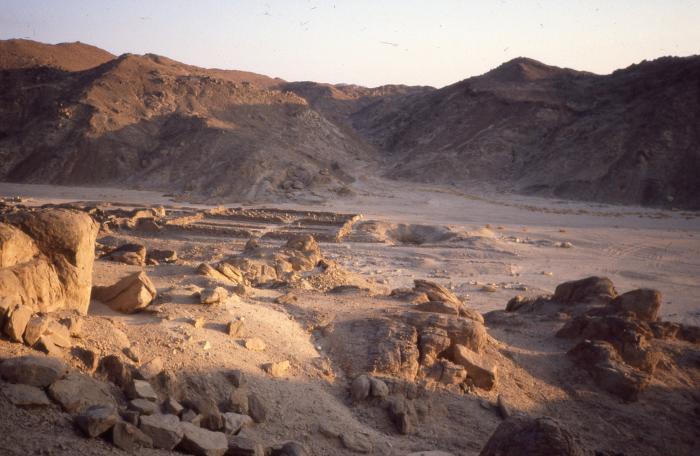Sew La Ti Embroidery [Search results for development]
East Asia: How to save the disappearing Great Wall of China?

North America: Archaeologists call on feds to protect Chaco Canyon area

India: Buddhist sites in Thotlakonda and Bavikonda cry out for attention

Heritage: Social media and archaeology: A match not made in heaven

Java: Centuries-old Sukuh temple undergoing restoration work

Heritage: Experts to meet on safeguarding Angkor site

Heritage: Taxila, the lost civilisation

Entertaining ecology in Hamburg
Tree Felling 101 for the Lavish Property Owner

The Architectural Chinese Greatness
Near East: Wind power plant to be built on ancient necropolis

Heritage: Egypt's Mons Claudianus to become open-air museum

Heritage: ICOMOS voices concern over Bulgaria's cultural heritage

Foster + Partners have reincarnated in Zenith
Unique Cultural Center [Ávila, Spain]
![Unique Cultural Center [Ávila, Spain]](https://blogger.googleusercontent.com/img/b/R29vZ2xl/AVvXsEg0vpvvCZ3fRhe8AcjShPKwlbp8rx4wnIf8ZPJXsCFqvAhqoEvrnsx8ef1GkCuzsLHepJ1OUboIsAW9C1bUE5IORyZS2mCe8PYCiE7DZw5Ypo3niKFesoGLdpESn9XpW4CjyuQ7ZnAtJaM/s800/Unique-center.jpg)
Malta: Sheltering Malta's Tarxien Temples

Unusual Medical Complex (Australia)

The Aryans Descend

Pressure Washers by Karcher
Picasso, Matisse and... Tim Burton!..




